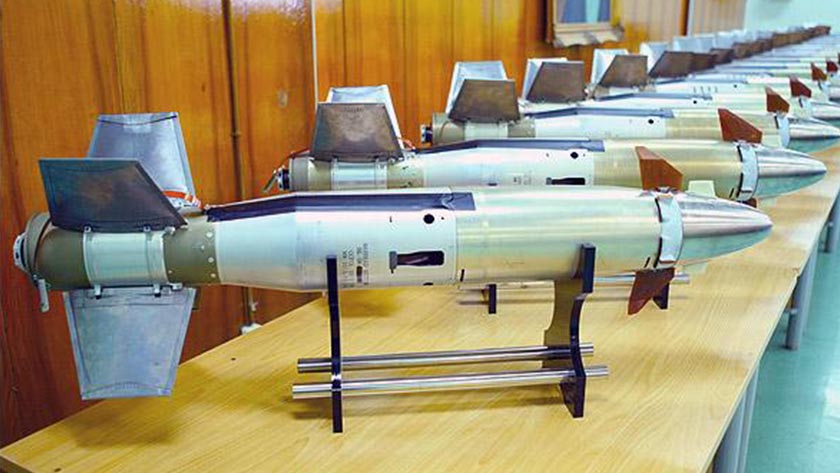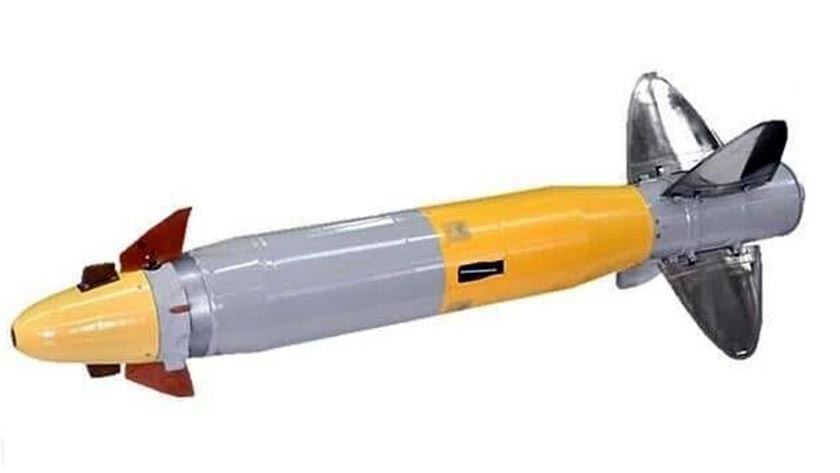Iran Press/ Iran Defense: In the same way, ground weapons, especially main battlefield tanks, infantry fighting vehicles and armored personnel carriers, have a decisive role in ground combat. For this reason, the development of weapons that can deal with all kinds of armored weapons on the battlefield has also become important, and at the same time as the development of armored weapons, all kinds of weapons to deal with them have also been developed.
This process started with the production of anti-armor cannons and has continued with the operationalization of various types of rockets, such as RPG 7. However, in the last few decades, the focus has been on the production of anti-armor missiles and many activities have been carried out in this field.
By strengthening the armor of tanks and armored equipment, as well as installing active defense systems on this equipment, the use of conventional anti-armor missiles to destroy tanks gradually lost its effectiveness, and gradually a new generation of anti-armor munitions entered the field, which is missiles with stronger warheads and could also be guided from long distances.
From the holy defense period and during the reconstruction period after the war until today, the anti-armor sector has been one of the special areas of interest, and a wide range of products in this sector have been manufactured in the country's defense industries and delivered to the armed forces.
The family of anti-armor weapons in our country is very diverse. Among the flagship anti-armor missiles manufactured by Defense Industries is the Dehlavieh missile. Considering the penetration rate of the Dehlavieh missile, it should be considered one of the most powerful anti-armor missiles in the world. A look at the penetration rate of Iran's previous anti-armor missiles and comparing it with the estimate made for Dehlavieh shows a surge of about 58% compared to the highest rate of previous generations.
An overview

Dehlavieh is an anti-armor guided missile developed by the Defense Industries of the Ministry of Defense and Armed Forces Support. This missile was unveiled on July 7, 2012, by the then Minister of Defense, Brigadier General Ahmed Vahidi, and named "Dehlavieh" to commemorate Dr. Mustafa Chamran, after the place of his martyrdom.
The Dehlavieh anti-armor missile is one of the most powerful Iranian anti-armor weapons, which is very similar to the Russian Cornet anti-armor missile and has been delivered to both the IRGC and the army in recent years.
According to the information announced about this missile, Dehlavieh has an effective range between 100 and 5,500 meters. Dehlavieh missile is resistant to all types of electronic warfare by using a highly advanced laser guidance system.
Related news:
Zulfiqar Basir naval ballistic missile with ability to hit distant targets
As Vahidi noted, a very powerful warhead, the ability to penetrate explosive reactive armor, the missile engine, and the ability to be carried by a person have made the Dehlavieh anti-armor missile system a very efficient weapon in destroying armored targets, including tanks, armored personnel carriers and armored vehicles.
This missile system can destroy mobile and fixed armored targets, and sea and air targets such as helicopters, therefore, like the Tufan, Tunder, and Tusan family of missiles, this weapon should also be considered a multi-purpose missile. Dehlvieh can be successful in ground battles by taking advantage of the experience of the Cornet missile and the great penetration in the armor.
Dehlvieh missile weighs 22.7 kg, of which 6.8 kg is allocated to its two-stage warhead, and can penetrate 1,200 mm of armor. If the night vision system is used to fire this missile, its range will be reduced to a radius of 3,500 meters. Although the Dehlvieh launcher has similarities with the Tosan missile launcher, in it the tube containing the missile is placed in the upper part of the camera, and the missile is fired at the target after observation through the camera.
The similarities between the Dehlavieh and Tusan launchers indicate the existence of more appropriate operational advantages than the Tofan missile. The ability to separate the missile carrier tube from the targeting set and the tripod and the ease of installation and preparation in this type of launcher brings the advantage of easier transportation by a smaller number of people.
Related news:
Persian Gulf ballistic missile; pinpoint accuracy to destroy naval targets
Also, the absence of wire guidance and the use of an assumed rocket propellant will provide a higher range for Dehlavieh compared to previous generations of Iranian anti-armor missiles.
The question that can be raised here is why to build such a missile despite the existence of the Tofan-5 missile with high penetration and laser beam guidance. It should be said that in addition to the greater penetration rate of Dehlavieh, the fact that this missile has a rocket propellant, probably allows it to reach higher speeds, which, compared to different generations of the Tofan missile, has a great advantage that is, the enemy tank has little time to react. Therefore, the probability of hitting the target will be very high for Dehlavieh.
New model

In the event of the Ground Forces of the Islamic Revolution Guard Corps displaying the new equipment of this force in July 2021, a newer and more powerful model of the Dehlavieh missile was unveiled.
The previous type of Dehlavieh missile, which was developed with the initial model of the Cornet family missile, is known as the code 9M133-1, but the new models of the Dehlavieh missile have been developed under the name of 9M133M-2, which is the main difference from the prototype is its range.
This new model of Dehlavieh missile with a range of 8 km and penetration power of 1,300 mm was also made by Defense Industries and delivered to the IRGC Ground Forces. Initially, the end wings of the rocket are designed as semi-ellipses instead of trapezoids so that the rocket has less resistance to the air.
Related news:
First footage of new Iranian missile, 'Kheibar Shekan'
Due to the eight-kilometer range of the serious type of Dehlavieh missile, the launcher removes it from the operational range of all the cannons installed on the current operational tanks in the world. In terms of guidance, the new type of Dehlavieh missile, like its previous type, uses a semi-automatic laser guidance system, line-to-line guidance, and laser vision navigation.
The existence of a two-stage warhead is one of the appropriate abilities of this missile to deal with tanks or armored personnel carriers equipped with multi-layer armor. The warhead of the first stage has the task of destroying the primary layers, such as reactive armor, and the second stage penetrates the target and destroys it.
The speed of this missile is about 250 meters per second, and its flight time in the maximum range is about 22 seconds. The total weight of the rocket and its launcher is 27 kg. Each missile is placed in disposable cylindrical launchers that infantry can carry.
Usually, the anti-armor teams of the Dehlavieh missile, like the Cornet missile, consist of 2 or 3 people. The loading time of each missile on the launcher is about 30 seconds, and one or two missiles can be fired every minute. The warheads of these missiles are provided with both anti-armor high-explosive warheads and thermobaric warheads. Possessing this powerful missile with a longer range will provide a longer hand to the anti-armor teams of the IRGC Ground Forces.
By Reza Mirtaher
Read more:
Ya-Ali missile; IRGC Aerospace Force's 1st ground cruise missile
Iran unveils new ballistic missiles amid Quds Day rallies
'Emad': Iran's most accurate long-range missile
Marzieh Zaeri

